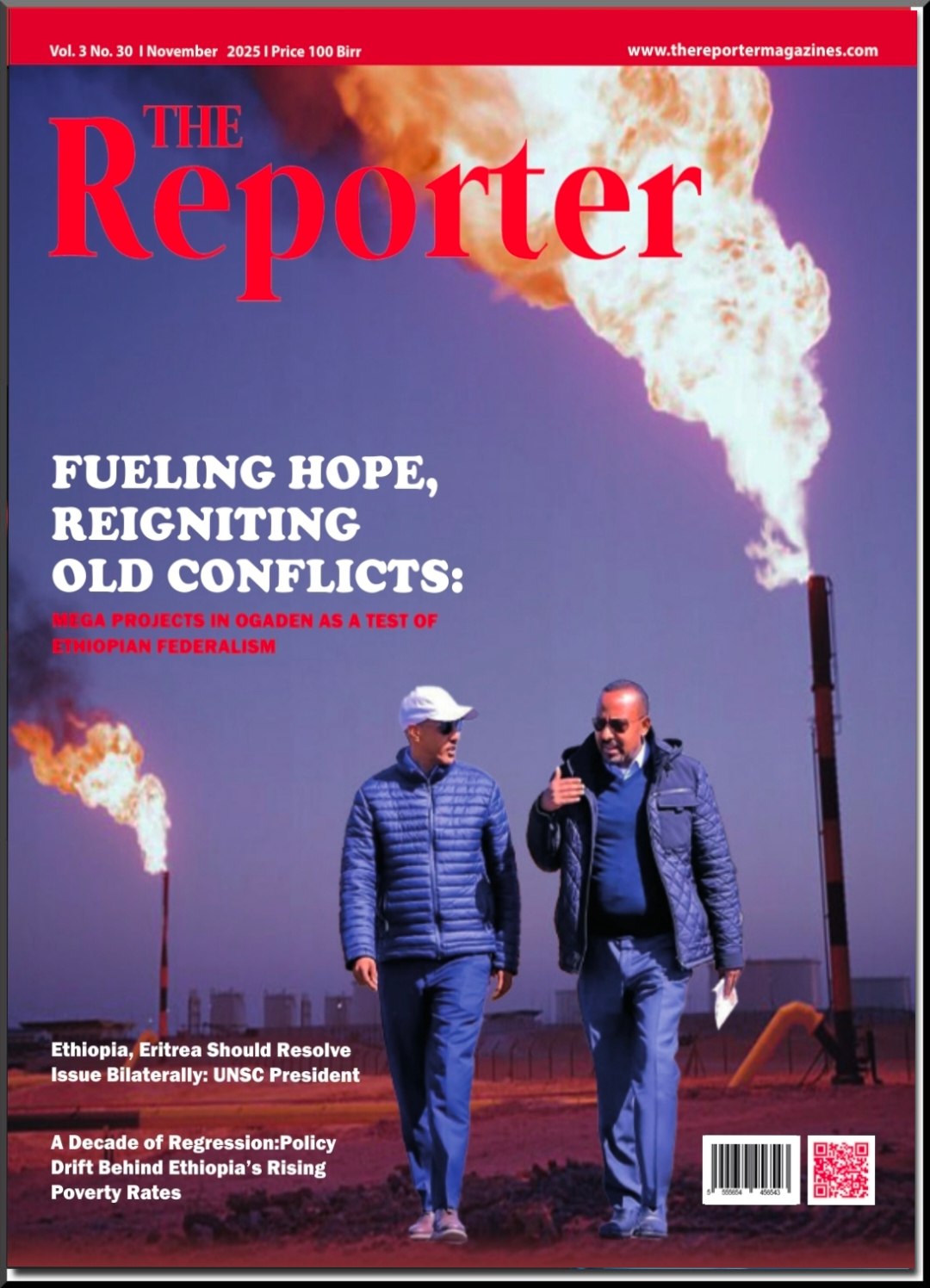Multilingualism and multiculturalism have become inseparable from other phenomena that define the new millennium – globalization, integration, communication, and disruptive technologies bring people of diverse cultural backgrounds together. They create a new reality in which cultures and languages merge, transform, evolve, and transcend the boundaries of imagination. More than ever before in human history, the world welcomes communication and cultural exchange. This spirit of multilingualism and multiculturalism permeates national borders. However, it also raises new conflicts. Many countries and nations that have diverse communities within their borders face challenges as they strive to preserve their rich cultural and linguistic challenge. In Ethiopia, multilingualism and multiculturalism are the goals that have yet to be met, and India could set an example for powerful changes in Ethiopia.
Multilingualism is a complex phenomenon. However, it is hardly new. As the world went to become more integrated and global, the knowledge of two or more language also became a necessity and a social norm. According to Cenoz (2013), the world currently knows more than 7,000 languages. Multilingual communities can co-exist within the boundaries of one state, but the effectiveness of their linguistic and cultural interactions will always depend on the country’s language and cultural policies. Multilingualism has always been a social challenge. However, it is not until the 21st century that the problem became so visible and acute, mainly because of the rapid globalization, increased population mobility, and the advent of new communication technologies. Today, countries assume a considerable burden of responsibility for managing their multicultural affairs, and multilingualism often becomes the best solution to the historical, cultural, and identity issues facing diverse communities across the globe.
Here in Ethiopia, multilingualism is a problem. “Language is one of the various federal issues that have not yet been adequately addressed and continued to be an issue of contention between the centripetal and centrifugal forces in the Ethiopian federal system” (Lissanework, 2017, p. 1). Ethiopia is still struggling to define an optimal balance of languages and cultures in its territory and create an atmosphere of equity and fairness for its diverse communities. Ethiopia currently hosts more than 70 different languages that fall into four language families (Lissanework, 2017).
Apparently, many of these languages are too rare or unique to become a federal means of communication. Simultaneously, any attempt to add a new federal language will inevitably bring up new claims and demands from other ethnic and language groups. Thus, the task is to create an optimal policy to balance the competing demands for multilingualism, multiculturalism, and justice. This balance should create a mechanism where some major languages should be included as federal languages.
India – a country that is so rich linguistically and culturally – can provide a model for managing the major social, linguistic, and cultural issues in Ethiopia. With roughly 1.2 billion people living in India who speak nearly 1,600 mother tongues, India is a brilliant example of tolerance, and co-existence. Surprisingly, multilingualism in India has little to do with formal decisions about which language people should speak at home and what language they should use in their formal encounters with public service providers. The success of multilingual strategies in this multicultural country grows mainly from well-designed and balanced educational policies, which empower citizens to learn one of the country’s main languages while preserving their cultural identity and maintaining their linguistic distinctiveness. In essence, it means that India integrates several different languages into its school curricula. No one says that multilingual education is an easy endeavor. Many teachers believe that multilingualism is an asset for students and an issue for education professionals. That said, chances are high that students will confuse the rules of grammar, mix words and sentence structures from several languages, or use a mixture of languages to explain their point (Saraf, 2014). However, students and the school system can overcome these difficulties, creating a climate of mutual respect and ensuring that each and every person living in India is multilingual.
Why not adopt the same multilingual system of education in Ethiopia? The biggest problem is that Ethiopia currently lacks a single, comprehensive framework for promoting multilingualism and multiculturalism through its system of education. The quality of education in schools and higher institutions continuously deteriorates. The use of federal and local languages across educational facilities is highly uneven.
Ethiopia’s path to multilingualism should begin with education, much like it is in India. However, this movement should be systematic and well-organized. It should follow a clear plan that has the support and understanding of all major ethnic groups living in Ethiopia.
Ethiopia is just beginning its movement to multilingualism. Looking at India, this movement can be long and enduring. Ethiopia will need to reconsider its education and training policies. It will also need to understand how India integrates the principles of multiculturalism and multilingualism into its school curricula. Ethiopia can look around and see how other countries promote equality n their language and cultural affairs. India as Ethiopia’s strategic partner will not hesitate to share its multicultural experiences and provide recommendations to facilitate change. All in all, Ethiopia has a chance to achieve the goals of multilingualism and multiculturalism provided it creates a conducive environment that allows systematic and well-organized policies towards multilingualism.
Ed.’s Note: Samuel Alemu, Esq is a partner at the ILBSG, LLP. His partner at the ILBSG, LLP, Praveen C. Medikundam, Esq contributed to this article. They are both admitted to the bar associations of New York State, United States Tax Court, and the United States Court of International Trade. Samuel can be reached at [email protected]. Samuel’s twitter handle is @salemu.
Contributed by Samuel Alemu





